Trans-Saharan passenger transport companies of yesteryear
- COCKPIT

- Sep 30, 2023
- 5 min read
Updated: Nov 29, 2024
If at the beginning of the 20th century, the railway was the modern tool of commercial development, the automobile was a utopia.

In 1879, the French government being in favor of the construction of the Trans-Saharan, three missions were tasked with studying the route of this railway. The First World War postponed the first decisions, and when a decision was finally taken in 1927, there would be the great crisis which will put an end to the adventure.
Competition with automobiles will take place in the 1920s. At the beginning, the conquest of the Sahara by road was a long crossing of the desert. Before the road tamed the sand giant, it was necessary to arm ourselves with vehicles capable of withstanding extreme conditions, but also to have exceptional men. The first vehicles to be able to enter the Sahara were the vehicles of the colonial armies. In Algeria, the settlers' dream of joining the regions nicknamed the “desert of deserts” came to fruition at the beginning of the 20th century. In 1901 the first private apartment car arrived in the M’Zab region. It was not until after the First World War, in 1920, that the first complete crossing of the Sahara was carried out by an expedition of more than 3,000 km made up of a convoy of 23 FIAT 15 TER coaches, which followed in 1922 the first double crossing of the Sahara by the Citroën mission of Georges-Marie Haardt and Louis Audoin-Dubreuil. For the first time, cars leave Algeria and reach the banks of the Niger in Timbuktu.
The conquest of the Sahara by road for individuals could then begin.
Trade and tourism will then develop thanks to trans-Saharan transport companies.
Algeria had 2 main sub-Saharan passenger transport companies that were pioneers in the field; the Trans-Saharan Transport Company CTT and the Algerian Tropical Transport Company SATT
In the same way the first automobile routes will pass through In Gall and Ighazer on smooth terrain and therefore easy to cross, especially since there is no shortage of regular water points. It will be thanks to uranium development that the first tar will finally be built between Aïr and Ighazer, avoiding In Gall
The CGT (General Trans-Saharan Company)


Compagnie de Transport Trans-Saharan was created in 1923. From the outset, its aim was to create road and air links between Algeria and Black Africa. It applies to the establishment of land infrastructure without which an airline cannot operate in the Sahara.
According to a well-known principle: In the Sahara, the camel preceded the car and the car preceded the plane.
In 1927, the CGT organized the first regular automobile service on this route. In 1929, she enters the important group of the Société Anonyme des Transports Industriels et Commerciales, administered by Maurice Bonhomme. After having carried out numerous flights in the Sahara, in particular with Colonel Joseph Vuillemin, Georges Estienne added to the CGT the aeronautical activity that he had wanted for a long time. In collaboration with the French Airline (CAF), an experiment in transporting mail by air was undertaken in November and December 1931 with Farman 190s. The loss of one of the two Farmans put an end to this attempt.
The real boom occurred in 1930 with around forty Renault vehicles, sleeper coaches and limousines (built on Renault Ox chassis) intended for a wealthy clientele attracted by big game hunting; we didn't say safari yet. For the safety of CTT passengers, there was a machine gun on the very comfortable bus with 8 berths. The CGT is then able to offer each year, 30 return journeys from Colomb-Béchar to Reggan and 6 return journeys from Colomb-Béchar to Gao on the Niger.
Its automobile organization, its radio network and its refueling stations along the Tanezrouf road allowed the CGT to create the first regular postal air service in the Sahara. It remains loyal to Renault and only operates Caudron-Renault 282 Phalènes: the F-AMVD, F-AMVE, F-AMVF and F-ANBF.
The Tanezrouft runway cleared by the CGT, along which it is possible to land without
difficulty, allows planes to cross the desert region with the certainty of receiving help in the event of a breakdown. The CGT has significant stocks of aviation gasoline and Shell lubricants in Reggan, Bidon 5 and Tabankort, which enable the refueling of planes as they pass through. Air tourists can take out a contract with the CGT which guarantees them accommodation, supplies and emergency assistance in the event of a breakdown.

SATT (Algerian Tropical Transport Company)

In 1933, Georges Estienne, who no longer got along with Maurice Bonhomme, left the CGT to successfully create the Algerian Society of Tropical Transport (SATT) on the Hoggar line, via Tamanrasset. It operates the Hoggar line through Tamanrasset, extended to Zinder and Kano, which reaches 6,000 kilometers. It is the longest automobile line in the world with a circuit of more than 7700KM. SATT also provides air transport on demand across the Sahara. From 1946, SATT became the African Tropical Transport Society.
Thus, on December 13, 1933, the SATT carried out the first trans-Saharan service Tamanrasset-Zinder via Agadez and the Ighazer. These routes only operated until 1951, when airlines began to take the economic impact of long-distance transportation service.
There is no rivalry with the CGT which works on another axis. In 1937 the SATT ordered more comfortable vehicles with special features: these were the Pullmans with an aerodynamic appearance.

In 1938, Georges Estienne wanted to extend his lines to the Congo. A problem regularly arises in reaching Fort Lamy: the sandy contours of the lake are not suitable for heavy coaches and in the rainy season, Fort Lamy almost becomes an island, reachable only by boat.... A flight over Lake Chad revealed that it was navigable. A test with a flat-bottomed ship was not conclusive: immense (at the time in any case….), this lake sometimes had the behavior of a small inland sea and it was therefore from a boat to maritime vocation that the SATT needed. A whaleboat was found, purchased, and transported by cargo ship from Rotterdam to Algiers. This 10 meter long boat, weighing 20 tonnes, was named 'Explorateur René Estienne', named after Georges' brother, murdered by djitcheurs (nomadic desert bandits, part of a djitch, armed gang).
The history of this company ended in 1951 when airlines began to take the impact on the economy of long-distance transportation service.
If the sublime SATT buses made the company famous, they are unfortunately today wrecks. The last is exposed as a witness to the past at the entrance to Camping in Tamanrasset.
Transport Boukamel Abdallah

Even before the creation of the two major passenger transport players in the Sahara, Mr Boukamel Abdalla created his luxury transport company in 1919 with the main link: Djelfa-Laghouat-Ghardaia, then later internationally with Suez in particular. and Mecca for pilgrimage which earned him recognition by these pairs.
The great merit of Boukamel Abdellah is to have been able to create his business as a native in colonized Algeria. This family business is managed by his three sons.
Specializing in transporting the South by luxury cars, the company had around forty coaches carrying forty passengers.







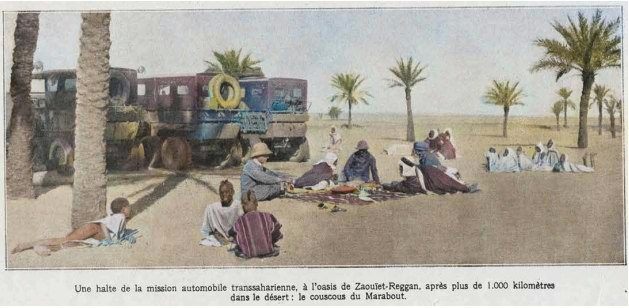





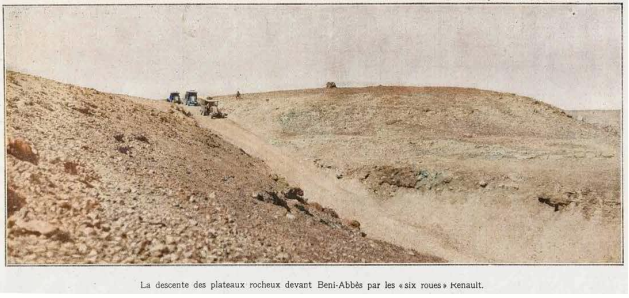
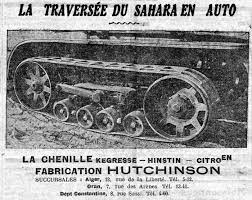



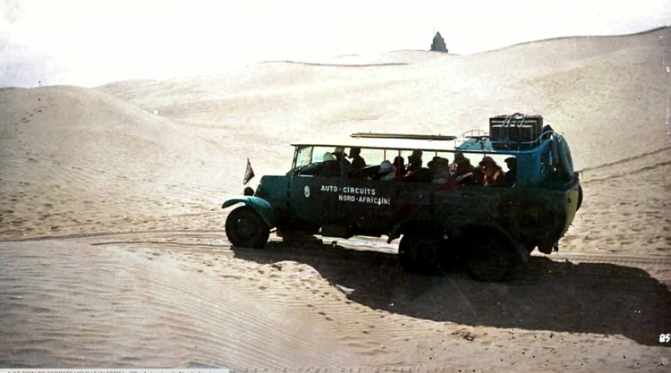













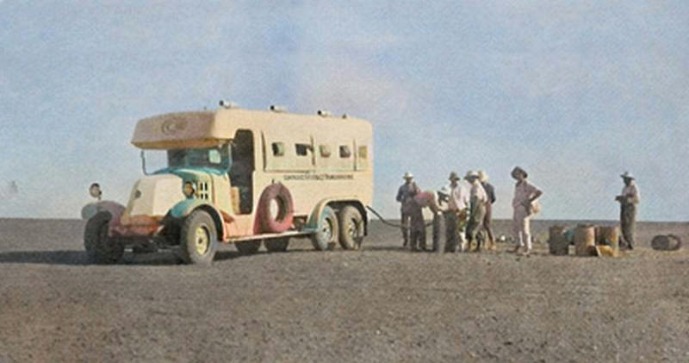

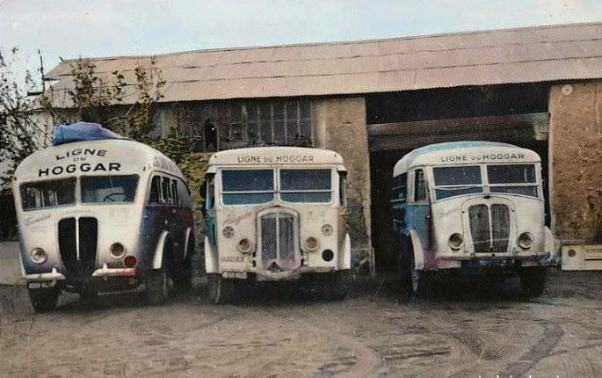



















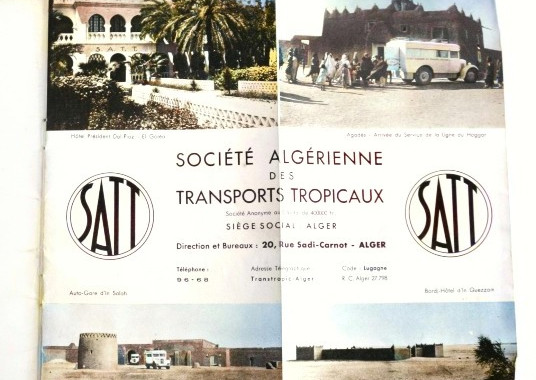

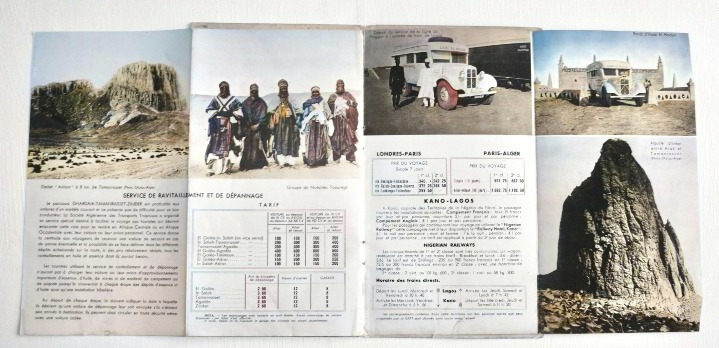





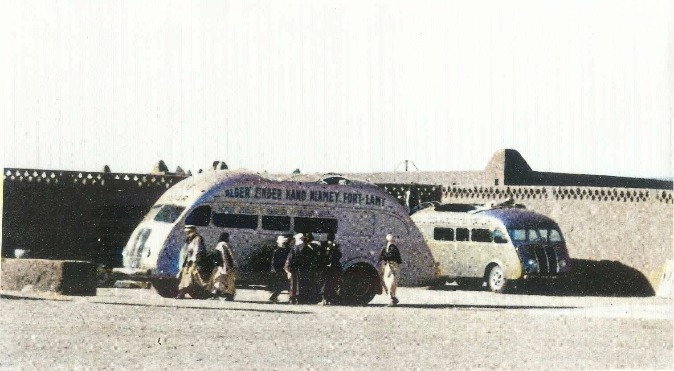




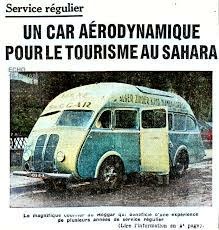

















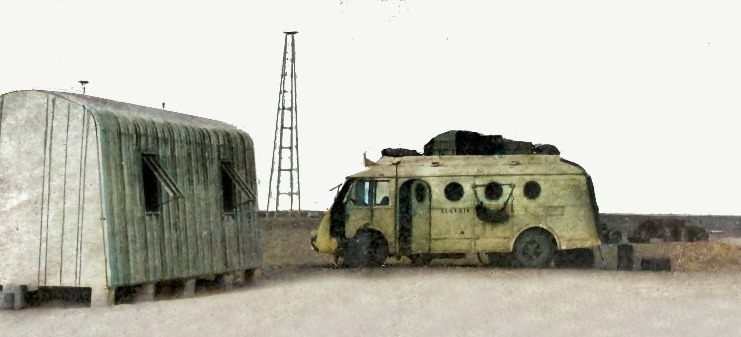



























Comments